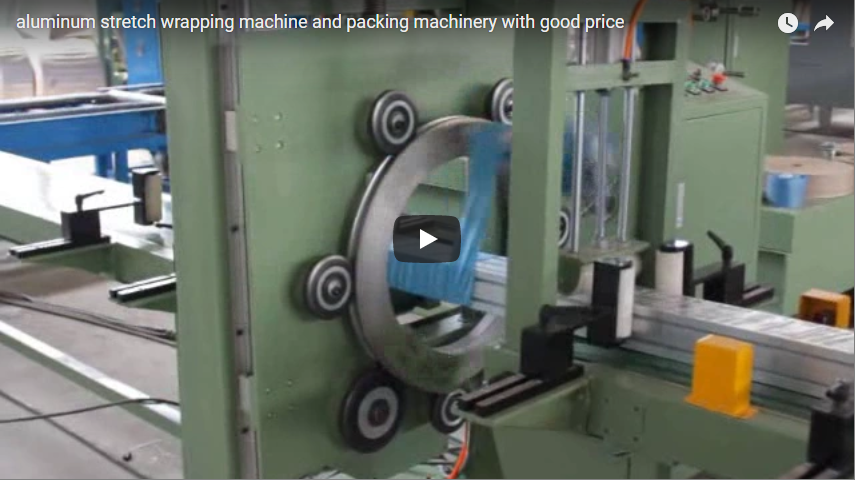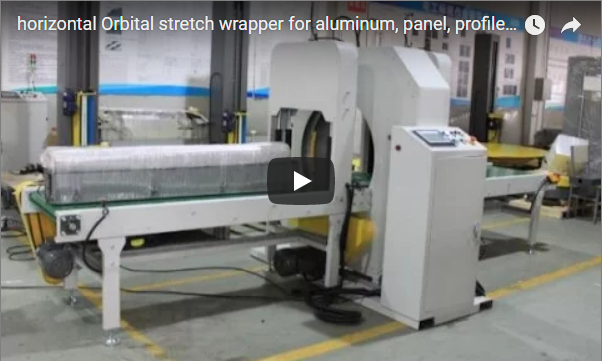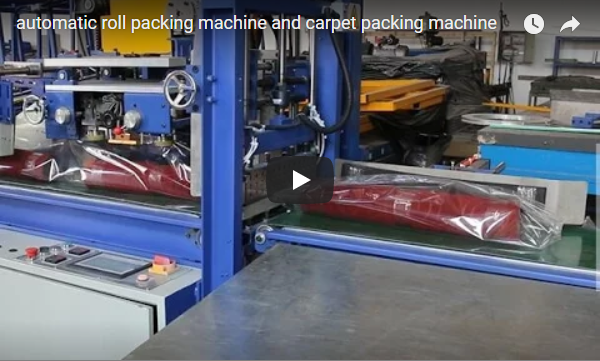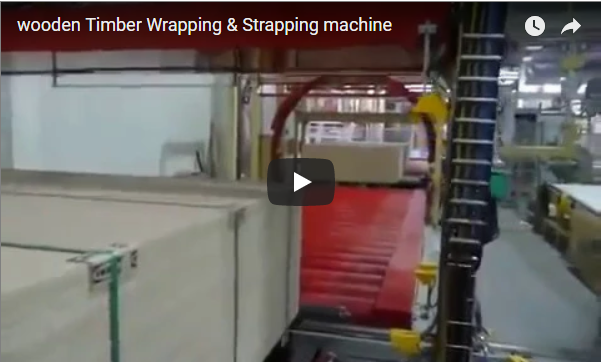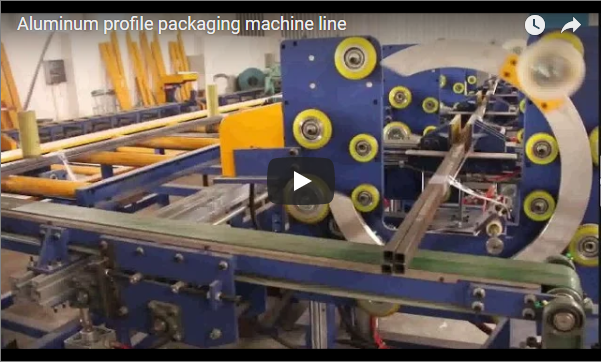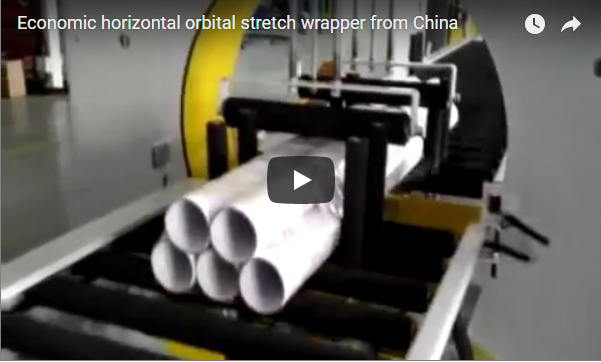Revolutionizing Door Protection: An In-Depth Look at Automatic Door Wrapping Machines
Shipping doors, whether standard residential units or custom-designed architectural pieces, presents a significant logistical challenge. Ensuring they arrive at their destination free from scratches, dents, moisture damage, and other transit-related issues is paramount for manufacturers and distributors. This is where the Automatic Door Wrapping Machine, a specialized type of horizontal orbital stretch wrapper, becomes an indispensable asset.
Let's move beyond the basics and delve into the technical capabilities, real-world benefits, and operational insights of these crucial packaging systems. From my experience working with various manufacturing clients, the transition to automated wrapping isn't just about protection; it's about efficiency, consistency, and brand image.
1. The Core Challenge: Protecting Doors in Transit
Doors are inherently susceptible to damage:
- Surface Damage: Scratches, scuffs, and impact marks can occur during handling, loading, and transport.
- Edge Damage: Corners and edges are particularly vulnerable.
- Moisture Ingress: Exposure to humidity or rain can warp wood or damage finishes.
- Dust and Debris: Contamination can affect the final appearance and installation.
Manual wrapping methods are often time-consuming, inconsistent, and labor-intensive, failing to provide the robust, uniform protection needed.
2. Understanding the Automatic Door Wrapping Machine
At its heart, an automatic door wrapping machine utilizes a horizontal orbital wrapping process. Here’s a simplified breakdown:
- Infeed: The door is placed onto an automated conveyor system.
- Wrapping Station: The door travels through a rotating ring (or orbital) carriage. This carriage holds a roll of stretch film.
- Orbital Wrapping: As the door moves horizontally, the ring rotates vertically around it, dispensing the stretch film and tightly encasing the door.
- Film Cut & Seal: Once wrapping is complete, the machine automatically cuts and seals the film tail.
- Outfeed: The fully wrapped door exits the machine via the conveyor, ready for shipping or storage.
This automated process ensures complete coverage and consistent tension, layer after layer.
3. Key Features and Technical Specifications
While specifications vary between models, typical features of a high-quality automatic door wrapper include:
- Control System: PLC (Programmable Logic Controller) with a user-friendly HMI (Human-Machine Interface) for setting parameters like wrap counts, tension, conveyor speed, and overlap.
- Wrapping Ring: High-speed rotating ring for efficient throughput. Ring diameters are designed to accommodate various door dimensions.
- Film Carriage: Powered pre-stretch system (often achieving 200-300% stretch) significantly reduces film consumption and ensures better load containment. Adjustable film tension control.
- Conveyor System: Powered roller or belt conveyors (often with adjustable speed) to smoothly transport doors through the machine. Options for varying lengths and widths.
- Safety Features: Emergency stops, safety fencing, light curtains, and interlocked access doors are critical for operator safety.
- Material Compatibility: Primarily uses LLDPE (Linear Low-Density Polyethylene) stretch film. Film width and gauge capabilities vary.
Typical Parameter Ranges (Illustrative):
- Ring Speed: 40-90 RPM (Revolutions Per Minute)
- Conveyor Speed: 5-15 m/min (meters per minute), often variable
- Max Door Dimensions (L x W x H): Varies greatly, e.g., 2500mm x 1200mm x 150mm
- Stretch Film Width: 100mm - 500mm
- Power Supply: Typically 380V/50Hz/3Ph or customized
- Air Pressure: 0.5-0.7 Mpa
4. Benefits Beyond Basic Protection: A Personal Perspective
Having seen these machines integrated into production lines, the advantages extend far beyond simply preventing scratches:
- Unmatched Efficiency: Wraps doors significantly faster than manual methods, drastically increasing throughput – crucial for high-volume manufacturers.
- Consistent Quality: Every door receives the same level of protection with precisely controlled film tension and overlap, eliminating human variability.
- Reduced Labor Costs: Automation frees up personnel previously dedicated to manual wrapping for more value-added tasks.
- Material Savings: Powered pre-stretch systems maximize film yield, cutting down on consumable costs and environmental impact.
- Enhanced Load Stability: Tight, uniform wrapping secures the door, preventing shifting during transit.
- Professional Presentation: A cleanly wrapped door signals quality and care to the end customer, enhancing brand perception.
5. Watch It In Action: The Wrapping Process Visualized
Seeing is believing. This video demonstrates the smooth, efficient operation of an automatic door wrapping machine:
Notice the consistent overlap and the automated cutting and clamping of the film – hallmarks of a truly automated system.
6. Choosing the Right Machine for Your Needs
Selecting the appropriate automatic door wrapper involves considering:
- Door Dimensions & Weight: Ensure the machine can handle your largest and heaviest products.
- Throughput Requirements: Match the machine's speed (doors per hour) to your production volume.
- Level of Automation: Consider fully automatic lines versus semi-automatic options depending on workflow.
- Film Carriage Technology: Pre-stretch capability is highly recommended for cost savings and performance.
- Integration: How will the machine fit into your existing production line?
- Budget: Balance features and performance with available investment capital.
7. Conclusion: Investing in Protection and Efficiency
The automatic door wrapping machine / stretch wrapper is far more than just packaging equipment; it's a strategic investment. It directly addresses the critical need for product protection while simultaneously boosting operational efficiency, reducing costs, and improving the final presentation of your doors. For door manufacturers and distributors serious about quality and throughput, automating the wrapping process is an essential step forward.
To explore a range of solutions tailored for elongated products like doors, windows, and panels, browse our selection of Horizontal Wrapping Machines.
For specific inquiries or to discuss your unique packaging challenges, feel free to reach out: info@fhopepack.com

